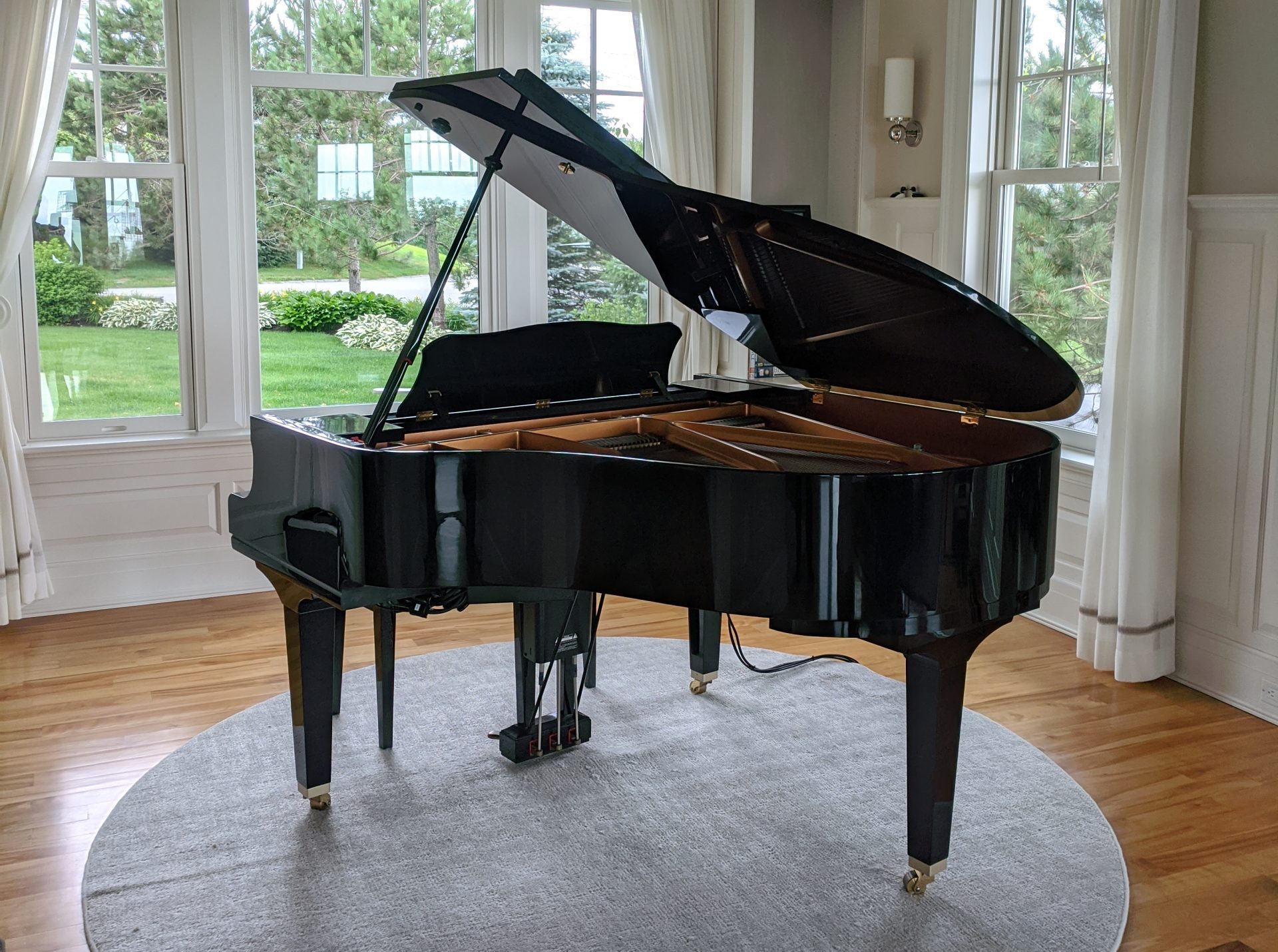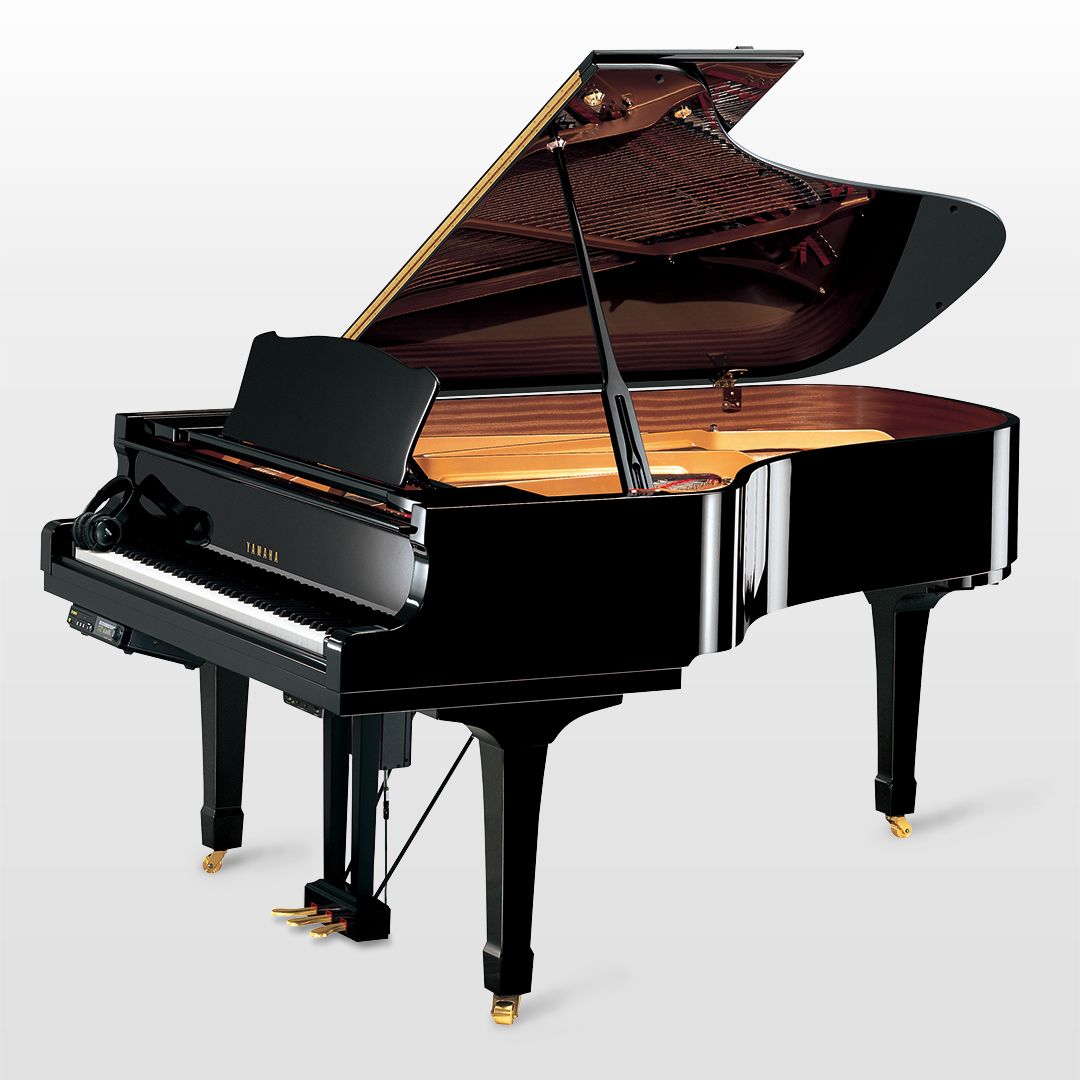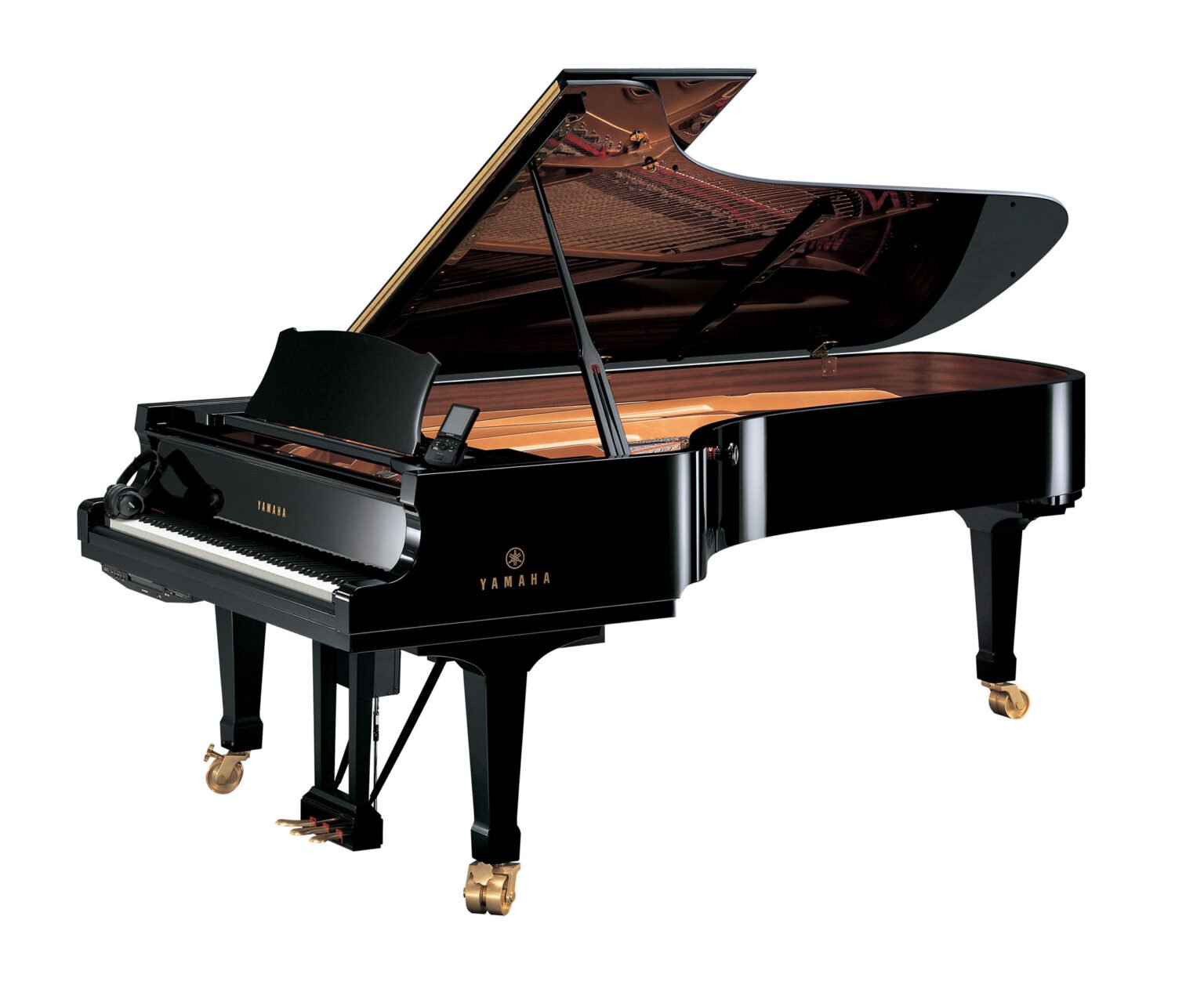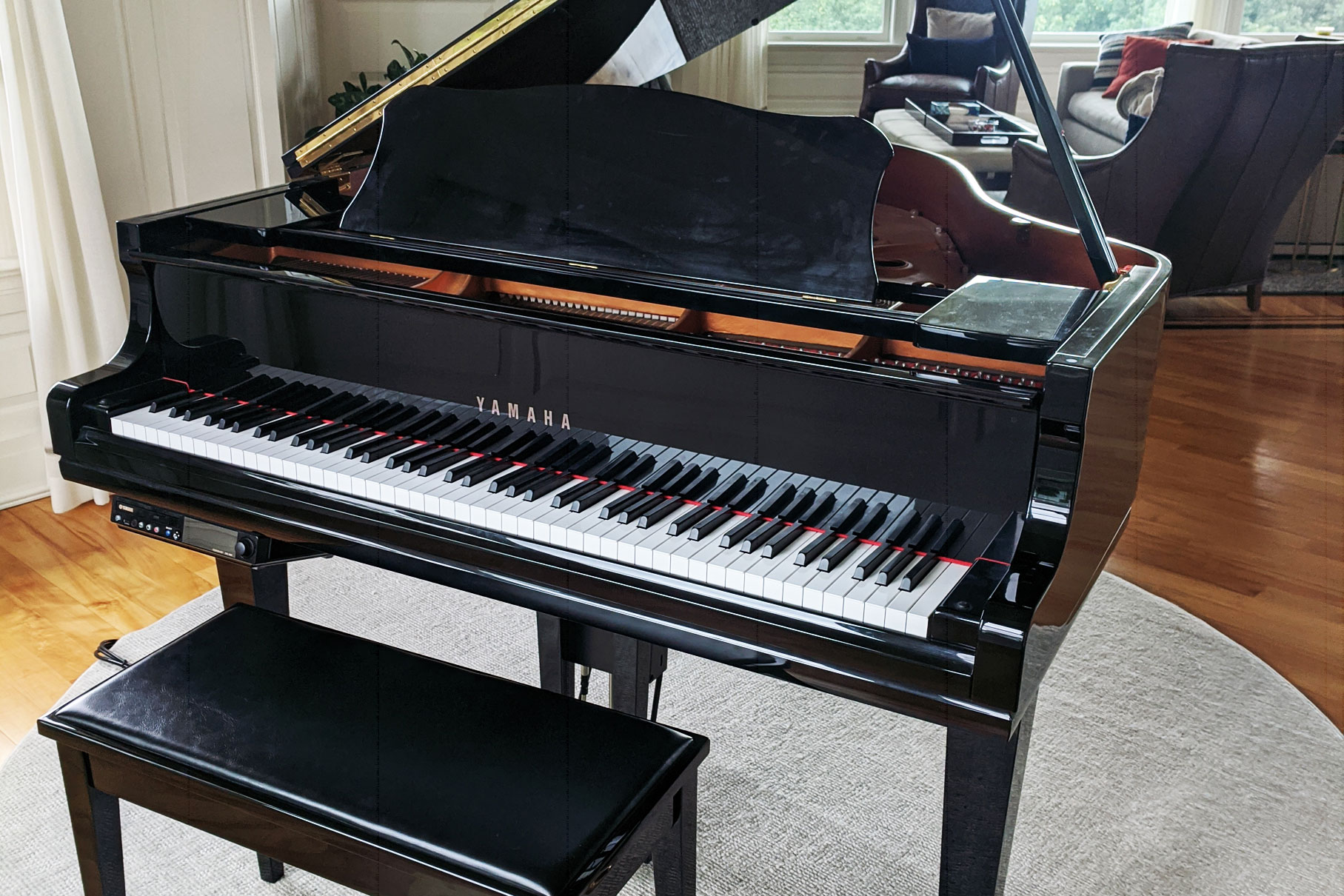Why I Recommend Starlink for Reliable Internet in Rural Maine
For years, getting a dependable high-speed internet connection in rural Maine was a challenge. Cable and fiber options simply weren’t available in many areas, and traditional satellite services often meant high latency, slow speeds, and unreliable performance during bad weather. For a while, I actually used a 4G hotspot for Internet access to my entire … Read more




